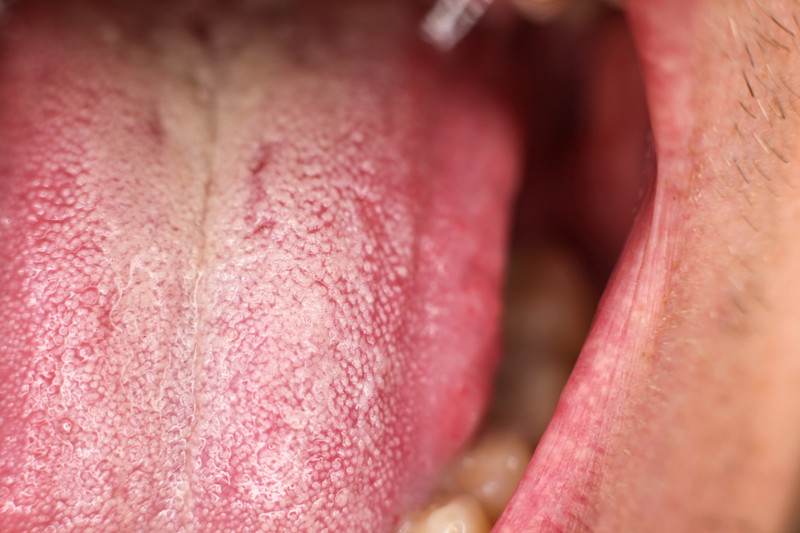The practice of good oral hygiene isn’t just about keeping your teeth clean, your gums healthy, and your breath smelling clean and fresh every morning and throughout the day. Oral hygiene also begs an awareness that millions of microscopic organisms, including bacteria and yeast, have naturally taken up permanent resistance in your mouth.
Do we have your attention now?
Under certain conditions, however, yeast fungi occasionally will multiply unchecked, producing a fungal infection at various places in and around your mouth and throat, demanding immediate medical attention or at least self-remedial action.
In short, what we are talking about here is the threat of a condition known as thrush.
What is Thrush?
Thrush is a fungal infection in which a type of yeast known as Candida, which resides on your mouth’s and throat’s mucous membranes, gets triggered by one of a number of causal factors to suddenly grow rapidly out of control. The known causes of thrush are fairly diverse, and they include the use of antibiotics to treat other infections, diabetes, radiation therapy, chemotherapy, immune deficiency, and dry mouth.
In some cases, thrust/Candida won’t produce noticeable symptoms, but when it does, the effects can include loss of taste, increased sensitivity to spicy foods, painful chewing or swallowing, and cracking that appears at the corners of the mouth. Still, other symptoms can include fatigue, joint pain, psoriasis, and white patches on the tongue or elsewhere in the mouth or throat. Stress has also been identified as a contributing factor to fungal overgrowth.
Getting a Thrush Diagnosis
This is where your personal physician or other healthcare professional needs to step in to help you determine what is going on when you are showing an array of symptoms like those described above. If in doubt, see this healthcare professional to get a diagnosis. This will typically involve digging through your past health history and taking a close look inside your mouth and throat, checking for fungi-related lesions. Perhaps this might even entail taking a throat culture to be examined in a lab to confirm if it is indeed thrust/Candida. If it is, a doctor’s course of action might include antifungal and pain-relieving medications, normally available in pill or lozenge form.
4 Natural Remedies for Thrush/Candida
When discussing a diagnosis and accompanying treatment with your physician, be sure to make best use of that time by discussing natural, over-the-counter remedies such as supplements that could help alleviate the symptoms and hasten healing. You want to discuss your use of them to make sure none will conflict with prescription medications or any other preexisting health conditions you might have.
Here are several supplements worth considering in your quest to ease and perhaps jettison your thrush symptoms:
Caprylic acid. This is a medium-chain fatty acid that has shown some effectiveness in breaking down Candida, as well as thrush presumably, by penetrating its cell membranes. A 2011 review of research studies suggested that caprylic acid might be superior to some prescription antifungals when it came to mitigating thrush.
Coconut oil. Many brands of coconut oil, included that sold by WonderLabs, consists of an assortment of healthful components that include caprylic acid, which is can be a smart alternative to inhibiting drug-resistant species of Candida that have emerged. Coconut oil has also been mentioned as a possible antidote for infants afflicted with diaper rash (a form of thrush), although such usage should first be discussed with your child’s pediatrician.
Oregano oil. Known to be a potent antifungal compound, oregano oil owes its capacity to battle thrush/Candida overgrowth to the components of carvacrol, thymol, and eugenol, each of which are phenolic derivatives that play a part in thwarting some Candida strains. When tested in in vitro studies, oregano oil has performed admirably compared to some antifungal drugs in suppressing Candida growth.
Probiotics. Using probiotics to combat thrush is like fighting fire with fire. Probiotics are helpful live microorganisms numbering in the millions and billions that promote a healthy balance of “good” and “bad” bacteria, essentially counterbalancing whatever bad bacteria has taken up residence in areas where thrush appears.
The mere appearance of thrush/Candida symptoms can be a shock to someone who hasn’t experienced them before because they are uncommon as well as painful. It is important to treat them quickly and thoroughly as such yeast-overgrowth infections can lead to more serious health problems. Natural supplements can help in the war against such infections, but their use for this purpose should always be discussed first with a healthcare professional.

